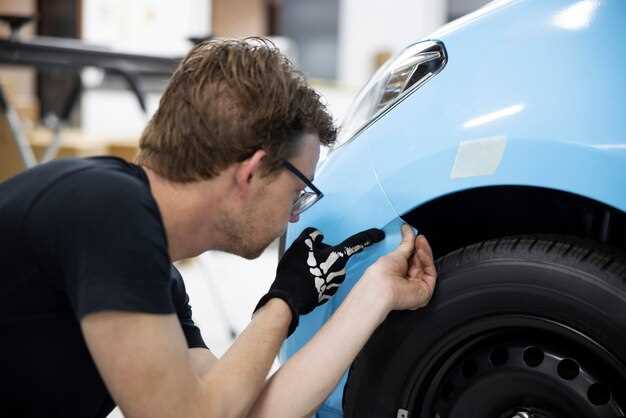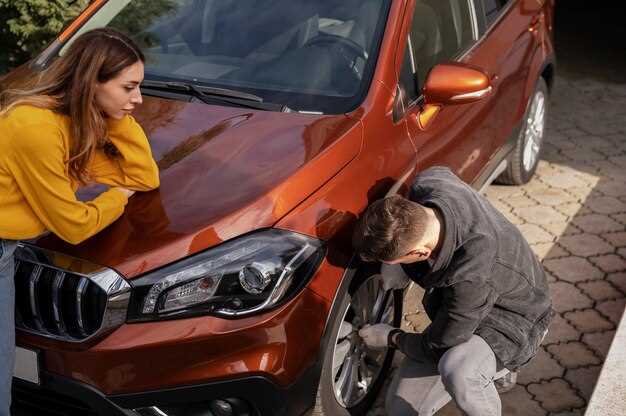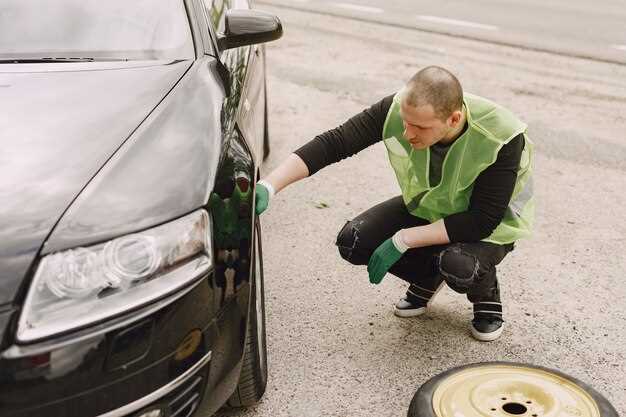
Your car bumper serves as an essential protective element designed to absorb impact during minor collisions and safeguard critical components of your vehicle. However, there are instances when damage might be too extensive for a simple repair. Understanding when to replace your car bumper can save you time and money in the long run.
Firstly, evaluating the extent of the damage is crucial. If the bumper is cracked, bent, or severely scratched, it may negatively affect your vehicle’s functionality or aesthetic appeal. Minor scratches and dents can often be repaired, but larger cracks or structural issues compromise the bumper’s integrity, posing potential safety risks during future accidents.
Secondly, consider the material of your bumper. Bumpers made from plastic may be easier and cheaper to repair compared to those constructed from metal. If the damage is extensive and the costs of repairs approach or exceed the price of a replacement, opting for a new bumper is often a more practical decision.
Additionally, insurance policies and warranties can influence your decision. If your insurance covers bumper replacement, it may be financially beneficial to replace rather than repair, especially if the damage occurred in a covered incident. Understanding your coverage can help you make a more informed choice about how to proceed.
Assessing Structural Damage: Signs That Replacement is Necessary
When evaluating the condition of your car bumper, it’s essential to determine whether the damage is merely superficial or if it extends to the structural integrity of the vehicle. Here are key indicators that suggest a bumper replacement is necessary.
First, inspect for significant dents or creases that compromise the bumper’s original shape. If the damage affects the alignment with other components, such as the hood or fenders, replacement may be warranted. Bumps that interfere with the bumper’s ability to absorb impact effectively often signal deeper issues.
Next, examine for cracks in the plastic or composite materials. Cracks that extend beyond the surface level can weaken the bumper’s structural integrity, making it more susceptible to future damage during minor incidents. If cracks are extensive or multiple, you should consider a replacement.
Additionally, check for any signs of misalignment. If the bumper does not sit flush with the vehicle or exhibits gaps, this misalignment can affect the vehicle’s aerodynamics and safety features. Correctly aligned bumpers are crucial for optimal performance, especially in collision scenarios.
Moreover, evaluate the impact zones of the bumper. If the damage is located in areas specifically designed to absorb crash energy, a replacement is usually necessary. Compromised impact zones may fail in future collisions, putting you and your passengers at risk.
Finally, assess any internal damage to the frame or brackets that hold the bumper in place. If these components are bent or weakened, they may not be able to support a repair adequately. In such cases, replacing the bumper is the safest option to ensure the vehicle remains roadworthy.
Cost Comparison: When Repair Costs Exceed Replacement Costs

When assessing whether to repair or replace a car bumper, cost is a critical factor. Understanding the financial implications can help you make an informed decision. Repair costs can vary widely depending on the extent of damage and the type of materials involved. In many cases, minor dents and scratches can be repaired for a relatively low price. However, as the damage becomes more severe, repair costs can escalate significantly.
If the total cost of repairing the damage approaches or exceeds the cost of a new bumper, replacement becomes the more sensible option. This can particularly be true in situations where structural integrity is compromised or where multiple repairs are needed. For example, if a bumper has been cracked and requires parts and labor to restore it, the price can quickly accumulate. Prices may also vary based on vehicle type; luxury or specialized vehicles often entail higher repair costs.
Moreover, consider additional factors beyond just the immediate costs. If the repair involves repainting the bumper, you may face additional charges for color matching and finish. Should the repair fail or not meet your expectations, future costs could arise if the damage worsens or results in further issues. On the other hand, a new bumper guarantees you a clean slate without underlying problems, and it often comes with a warranty, offering peace of mind.
Finally, consider the long-term consequences. Frequent repairs may indicate underlying issues that could lead to additional problems in the future. In contrast, opting for a replacement could enhance your vehicle’s resale value, providing better returns down the line. Therefore, a thorough evaluation of both repair and replacement costs, alongside potential future expenses, can guide you toward the most economical decision.
Safety Concerns: Understanding the Risks of a Damaged Bumper

A damaged bumper can pose significant safety risks that are often overlooked. While it may seem like a minor cosmetic issue, the implications of a compromised bumper extend far beyond aesthetics. In a collision, the bumper is designed to absorb impact energy and protect both the vehicle and its occupants. If it is damaged, its effectiveness is severely reduced.
One of the primary concerns with a damaged bumper is its ability to protect critical components of the vehicle. A well-functioning bumper acts as a first line of defense against lower-speed collisions, preventing damage to the more vulnerable parts of the vehicle, such as the engine and the electrical system. A compromised bumper may fail to absorb the necessary impact, leading to more extensive damage and costly repairs.
Moreover, a damaged bumper can affect visibility and aerodynamics, particularly if it is misaligned or protruding. This misalignment may impede the driver’s ability to see the road clearly or other vehicles, increasing the chances of accidents. In adverse weather conditions, such as rain or fog, these visibility issues can be exacerbated.
Additionally, modern bumpers often incorporate safety features like sensors and cameras, which are designed to assist the driver in avoiding collisions. A damaged bumper may render these systems ineffective, increasing the risk of accidents. Furthermore, some bumpers are engineered to work in conjunction with airbag systems. A compromised bumper could potentially interfere with the deployment of airbags, putting occupants at greater risk in the event of an accident.
Finally, driving with a damaged bumper may also have legal implications. In some regions, it is illegal to operate a vehicle that does not meet specific safety standards. In the event of an accident, insurance companies may deny claims if it is found that the damage to the bumper contributed to the incident.
In conclusion, the safety concerns associated with a damaged bumper should not be underestimated. It is crucial to assess the extent of the damage and consider replacement rather than repair when necessary. Prioritizing safety can prevent further complications and ensure the protection of both the driver and passengers.

